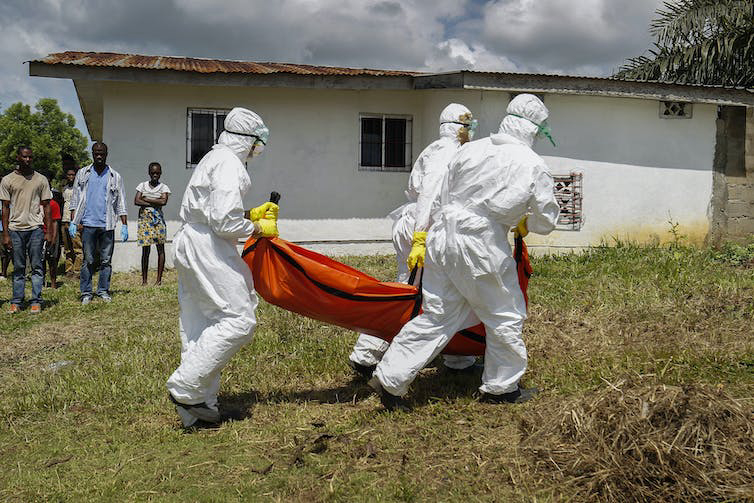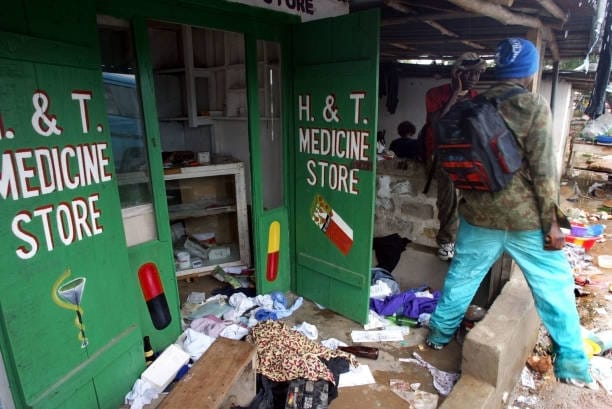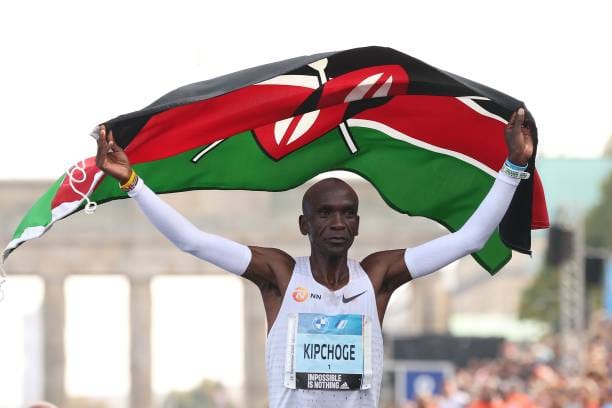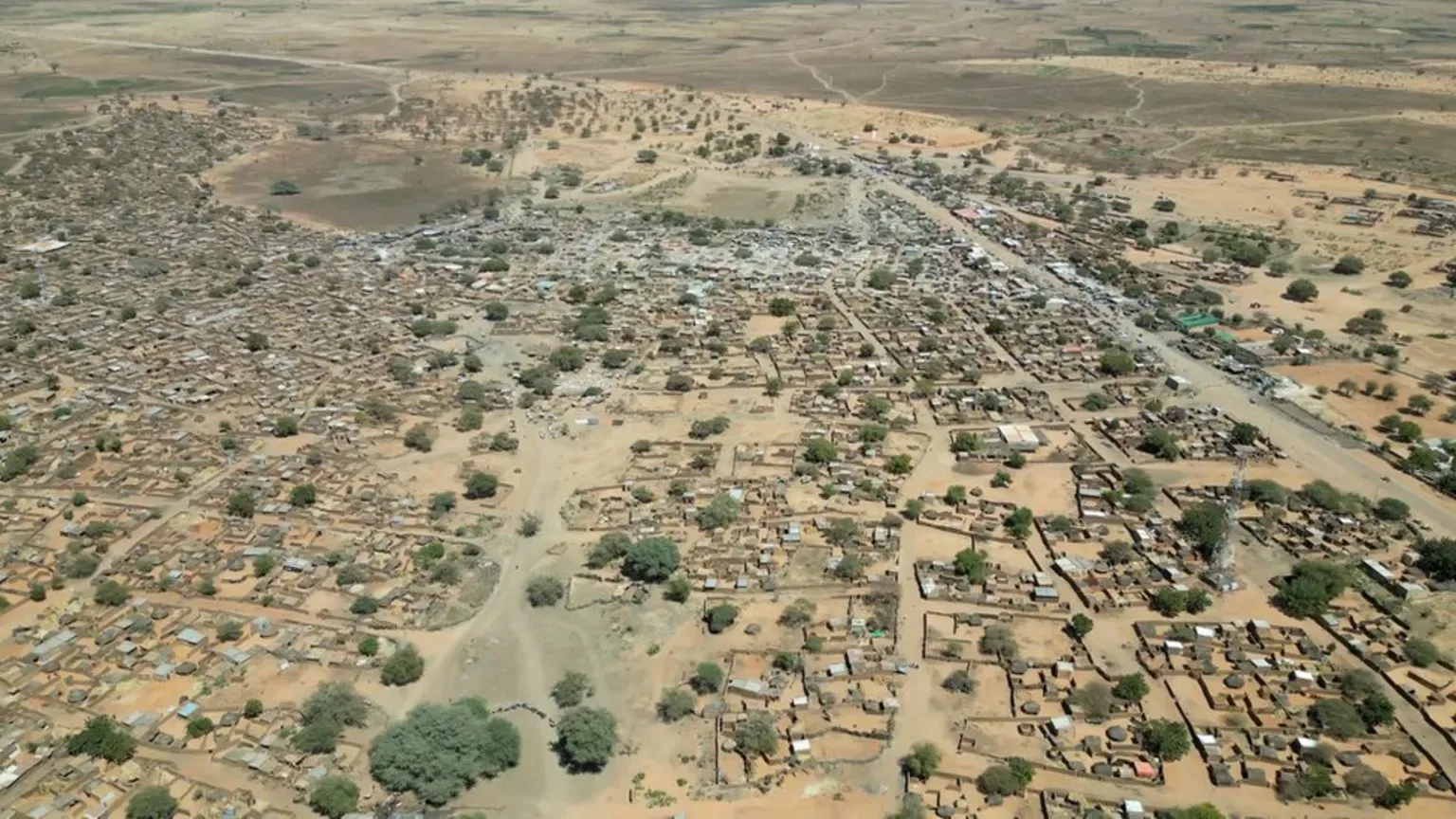[ad_1]
The National Institute for Biomedical Research (INRB) of the Democratic Republic of the Congo (DRC) announced on Monday that a fresh Ebola case has been identified in the city of Beni in the country’s eastern region.
According to a statement from Placide Mbala, head of the Pathogen Genomics Laboratory at INRB, testing revealed the case was genetically connected to the 2018–2020 outbreak in North Kivu and Ituri provinces, which claimed approximately 2,300 lives.
The most recent outbreak in Congo occurred in the Northwest region and resulted in five fatalities. Health authorities in the central African country had proclaimed the outbreak to be over in July this year.
According to the World Health Organization (WHO), the case was identified in a 46-year-old woman who passed away on August 15 after being brought to a hospital in Beni. She was first treated for various conditions before showing signs of Ebola, according to a statement from WHO. Beni is one of the epicenters of the Ebola outbreak from 2018 to 2020 that claimed about 2,300 lives.
Placide Mbala stated that “Our preliminary results suggest that this case likely constitutes a new outbreak of the 2018-2020 Ebola variant that happened in Kivu/Ituri three years ago.”
According to the statement, at least 131 contacts of the women who died have been found, including 60 front-line healthcare providers, 59 of whom have received the Ebola vaccine.
The Ebola virus, which causes fever, aches, and diarrhea, has its natural home in the deep tropical woods of the Democratic Republic of the Congo where locals often contract the disease by coming into contact with or eating infected animals.
The Ebola virus is spread by direct contact with blood or other bodily fluids (such as vomit, diarrhea, urine, breast milk, sweat, or semen) from an infected person who is exhibiting Ebola symptoms or has recently passed away from Ebola. The virus can occasionally persist in the body fluids, central nervous system, and eyes of survivors and recur years later.
The virus can also spread on items or surfaces that have been exposed to an infected person’s bodily fluids, such as soiled bedding or contaminated clothing. In addition, the virus can occasionally spread through sick or dead wild animals. However, the exact species of wild animals that harbor the disease are unknown. It has been discovered in bats and monkeys.
History of the Ebola virus in DRC
Ebola virus was initially identified in 1976 in what is now the Democratic Republic of the Congo. Since then, the virus has sporadically reappeared and infected individuals in various African nations.
The Ebola River, which gave the virus its name, is located close to where the first outbreak happened in the Democratic Republic of the Congo (formerly Zaire). The second outbreak took place about 500 miles (850 km) south, in what is now South Sudan.
Public health officials first believed that both outbreaks were a single incident linked to a sick person who went between the two cities. The Sudan ebolavirus and the Zaire ebolavirus, however, were later found to be the viruses responsible for the two epidemics. After making this discovery, scientists came to the conclusion that the virus originated from two distinct origins and spread to humans in each of the impacted areas on its own.
Since 1976, there have been 14 outbreaks in the Central African country and more than 5000 people have died. In 2018 the east of the Congo experienced the greatest and second-largest outbreak ever to be detected with 3500 cases.
[ad_2]
Source link





